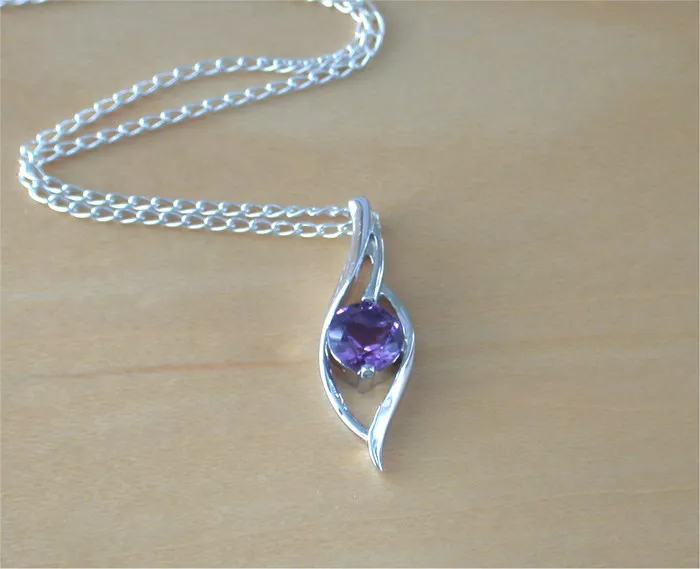As the global diamond sector grapples with the looming threat of a G7 ban on Russian gems, the industry faces the daunting challenge of navigating increasingly complex supply chains amid sluggish demand. The proposed ban, set to include indirect sales within G7 member countries, is currently being finalized, with implementation expected by the end of October.
Russian gem sales have already suffered a significant blow due to U.S. sanctions on Russia’s state diamond miner, Alrosa. Furthermore, the largest producer of rough diamonds by volume, Russia, with a market share of 30 percent, is witnessing Western customers steering clear of Russian gemstones. Luxury brands like Tiffany, under the umbrella of the French luxury group LVMH, ceased sourcing rough diamonds from Russia as early as March last year.
Swiss-based luxury group Richemont, which includes iconic labels like Van Cleef & Arpels, took additional steps to address the issue, sending executives to visit suppliers in India and enlisting an external auditor to scrutinize the gemstone supply chain.
The impending G7 ban threatens to further complicate supply chains, a development that could not come at a worse time, as the diamond industry is already contending with decreased demand. The specifics of how a diamond’s country of origin should be verified, the location for this verification, and the inclusion of various stone sizes, be they rough or polished, are currently under discussion.
Diamond analyst Paul Zimnisky notes, “It’s all about the breadth and interconnection intricacies of the supply chain that makes this technically difficult.” He adds, “The diamond trade spans many countries, with many different cultures, religions, and levels of economic development.”
Demand for diamond jewelry is already taking a hit in the United States, which represents 55 percent of global demand. This is attributed to high interest rates, a subdued post-pandemic recovery in China, and competition from lab-grown diamonds. India, responsible for cutting and polishing 90 percent of the world’s rough diamonds, recently requested that global miners cease selling rough gems to them for two months to manage stockpiles. Consequently, stocks at diamond miners are poised to grow, creating a future dilemma.
Richard Chetwode, a diamond industry consultant, points out, “At some point these stocks will have to come onto the market.” De Beers, the world’s largest rough diamond producer by value, acknowledges in a recent report that while global diamond jewelry demand is expected to remain above pre-pandemic levels in 2023, the economic landscape is challenging. The report highlights, “Elevated inflation and higher interest rates continue to affect consumer confidence and discretionary spending in some of the major diamond-consuming countries, including the US and Europe.”
Chetwode further elaborates, “Retail in China has been hit badly, and the US retailers are already stocked to the gills ahead of the Christmas season.” The consequence? “There are literally no buyers” for rough diamonds at present, he asserts.


